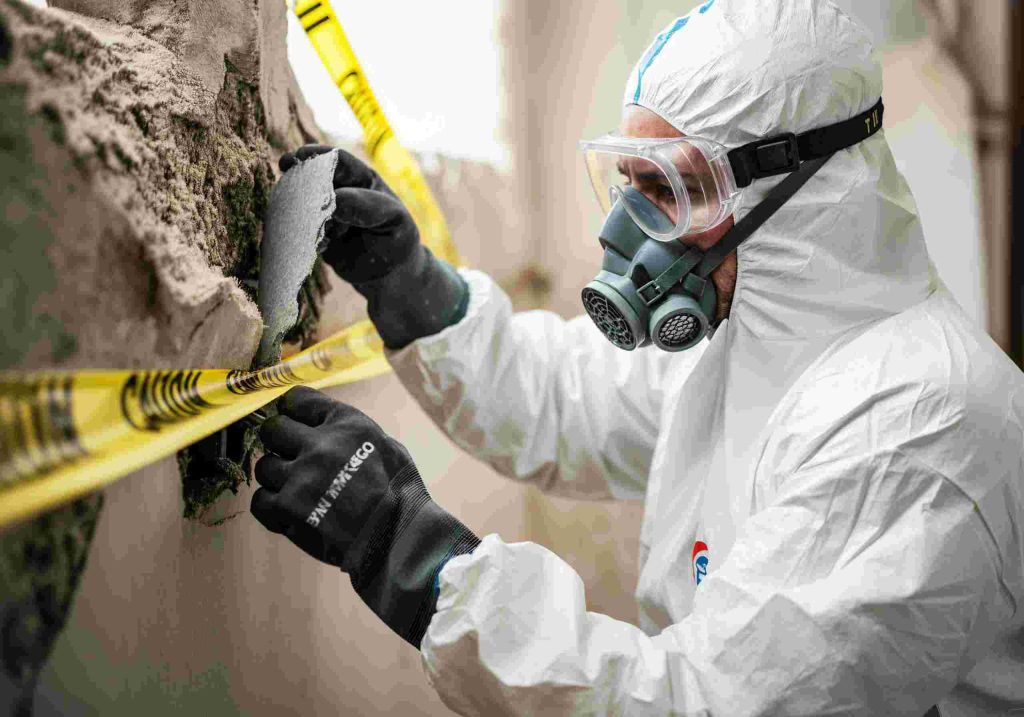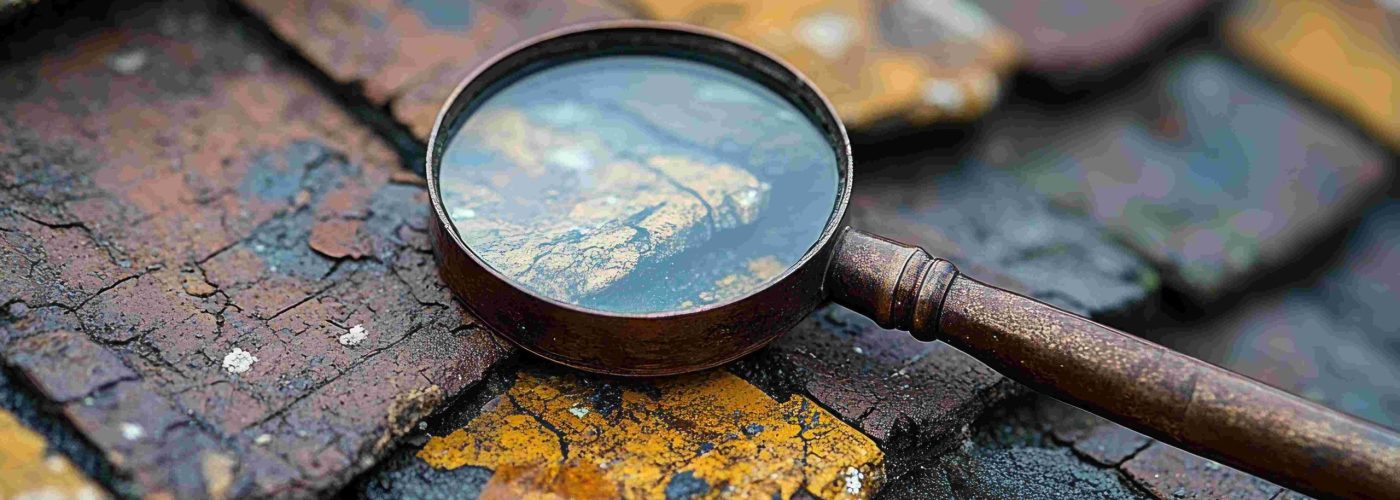Asbestos was once a go-to for building materials intended for insulation, fireproofing, and durability in construction. But today, it’s fallen out of favor in the United Kingdom due to studies documenting its harm to humans and the environment.
If you’re working on renovation projects on older buildings, you’ll encounter asbestos—and mishandling it can lead to severe health risks, legal trouble, and costly delays.
Don’t worry. This guide walks you through safe, compliant asbestos removal so you can protect yourself, your team, and your clients. Read on.
Understand the Dangers of the Presence of Asbestos
Asbestos fibers, when disturbed, become airborne and lodge in the lungs. Over time, this exposure causes lung cancer, mesothelioma, and asbestosis—diseases with no cure. Even small jobs like drilling or sanding can release deadly airborne asbestos fibers. There’s no small risk of exposure that should be brushed aside when it comes to asbestos-containing materials (ACMs).
You might think that working with asbestos previously would do no harm. Nonetheless, symptoms take decades to manifest themselves long after the initial exposure to asbestos fibers. By then, it’s too late.
Don’t gamble with your health—treat every suspected material as hazardous until proven otherwise.
If you need professional guidance, don’t hesitate to contact an asbestos removal company in Portsmouth.
Know the Location For Effective Removal of Asbestos
Before swinging a hammer, identify common asbestos-containing materials. They include but aren’t limited to the following:
- Common materials for building insulation (pipe wrap, attic, and wall insulation);
- Flooring (vinyl tiles, adhesives, backing);
- Roofing and siding (shingles, cement sheets);
- Textured coatings (popcorn ceilings, spray-on fireproofing); and so on.
It’s said that buildings constructed before the 1980s are high-risk. But since bans phased in gradually, some materials lingered until the early 2000s. When in doubt, assume the suspicious materials contain asbestos.

Follow Legal Requirements of Handling and Removing Asbestos-Containing Materials
Asbestos removal isn’t a do-it-yourself (DIY) job—it’s heavily regulated and requires asbestos professionals to carry out the job. Skipping compliance can mean fines, lawsuits, or even criminal charges. Here’s what you must do:
- Get certified first. Most states require a license for asbestos abatement. Even if you’re just supervising, ensure your asbestos abatement contractor team has accredited training.
- Do a preliminary test before going full throttle. Remember: only a lab can confirm asbestos. Hire a government-approved asbestos inspector to take samples before proceeding with demolition or renovation.
- Notify your local authorities. Many areas require advance notice (often a few days) before asbestos work begins. Check local and national rules.
Remember: always strive to be on the right side of the law when it comes to asbestos.
Use the Right Safety Gear
Using personal protective equipment (PPE) is non-negotiable when handling materials suspected of containing asbestos.
Top PPE items include but aren’t limited to the following: respirators with the right filters, disposable coveralls labeled for asbestos, gloves and boot covers, eye protection that seal tightly, and many more.
Pro tip: never reuse PPE. Bag it as contaminated waste after use.
Set up a Containment Zone
It’s said that dangerous asbestos fibers spread easily. Thus, isolation is key.
Isolate the work area with the following:
- Plastic sheeting of the right thickness with taped seams;
- Negative air pressure through filtering machines;
- Decontamination units containing a clean room, shower, as well as dirty room; and many more.
Post warning signs and restrict access. Even a breeze from an open window can endanger others.
Remove Asbestos Safely
Wet methods are your best friend when safely removing asbestos.
To proceed, spray ACMs with amended water (mixed with surfactant) to suppress fibers. Avoid breaking materials into small pieces—remove them whole when possible.
Keep in mind the following: never use power tools (saws or grinders) and/or dry sweep or vacuum when cleaning up asbestos.
Finally, don’t rush the job. Carelessness equals asbestos contamination.
Dispose of Asbestos Properly
Asbestos waste is considered hazardous material. Follow these steps when getting rid of ACMs:
- Double-bag debris in special waste disposal plastic. Don’t forget to label them with asbestos warnings.
- Use licensed transport to an approved landfill.
- Lastly, keep records of disposal receipts for at least three decades.
Dumping illegally? You’re at risk of paying tens of thousands of fines per violation.
Clear the Area with Air Testing
After removal, don’t assume the air is safe. A third-party hygienist must conduct clearance testing with phase-contrast microscopy (PCM) or transmission electron microscopy (TEM).
If fibers exceed the recommended per cubic centimeter ratings, re-clean and retest. Never skip this step.
Final Words
Asbestos isn’t just another job—it’s a responsibility. Cutting corners puts lives at risk and can end your career. By following regulations, using proper gear, and respecting the process, you’ll protect everyone involved and build trust as a professional.
Stay safe, stay compliant, and when in doubt, call a professional asbestos abatement company. Your health isn’t worth the gamble.





